
Browse an alphabetical list of photographs. These historical images portray people, places, and events before, during, and after World War II and the Holocaust.
<< Previous | Displaying results 981-990 of 2641 for "Photo" | Next >>
French leader Charles de Gaulle in London after France signed an armistice with Germany on June 22, 1940. De Gaulle refused to accept the armistice and led the Free France resistance movement. London, Great Britain, June 25, 1940.
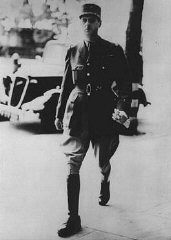
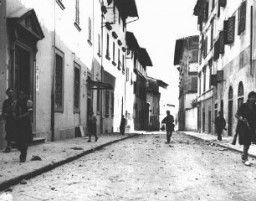
French police check the identity cards of pedestrians during the roundup of Jews on the Boulevard Voltaire (near the Place de la Republique) in Paris, France, August 20, 1941.
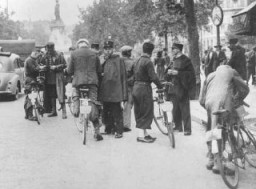
Like many editions of The Protocols of the Elders of Zion published in the 1920s, this French-language version charges that Jews are a foreign and dangerous influence. Published in Paris, 1920.
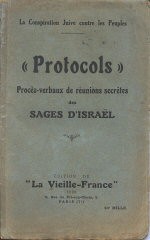
“For three months I was disguised as a man, and very successfully… I passed my mother several times … she never recognized me.” Frieda Belinfante, a half-Jewish lesbian, used this disguise to hide from Nazi authorities. In a later interview she said, “I really looked pretty good.” Her involvement in the resistance movement included planning the destruction of the Amsterdam Population Registry in March 1943, falsifying identity cards, and arranging hiding places for those who were sought by…
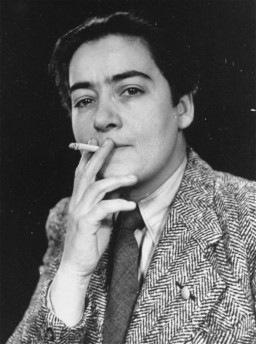
A hand-tinted photograph of Frieda Greinegger and Julian Noga as a young couple. The two had met when Julian, a forced laborer from Poland, arrived at the Greinegger farm in northern Austria. In 1941, the Gestapo sent both to concentration camps after learning of their forbidden friendship. Place uncertain, after 1945.
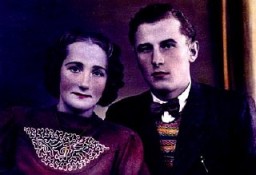
Friedrich Mennecke, a Euthanasia Program physician who was responsible for sending many patients to be gassed. He was sentenced to death in 1946. Germany, date uncertain.
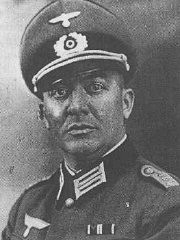
Fritz and Ida Lang, Jewish proprietors of a dry goods store in Lambsheim, posed for this picture around 1934. In the early 1940s, Nazi authorities deported the Langs and their young daughter, Freya, to detention camps in France. Ida died after deportation to Auschwitz. Fritz survived and reunited with his daughter in 1946. Lambsheim, Germany, ca. 1934.
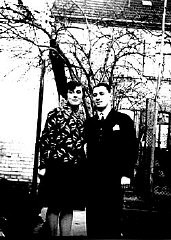
Fritz Glueckstein (left) on a picnic with his family in Berlin, Germany, 1932. Fritz's father was Jewish—he attended services in a liberal synagogue—and his mother was Christian. Under the Nuremberg Laws of 1935, Fritz would be classified as mixed-raced (Mischling), but since his father was a member of the Jewish religious community, Fritz was classified as a Jew.
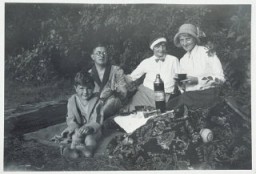
Fritz Kuhn, head of the antisemitic and pro-Nazi German American Bund, speaks at a rally. United States, between 1936 and 1939.
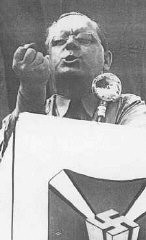
We would like to thank Crown Family Philanthropies, Abe and Ida Cooper Foundation, the Claims Conference, EVZ, and BMF for supporting the ongoing work to create content and resources for the Holocaust Encyclopedia. View the list of donor acknowledgement.